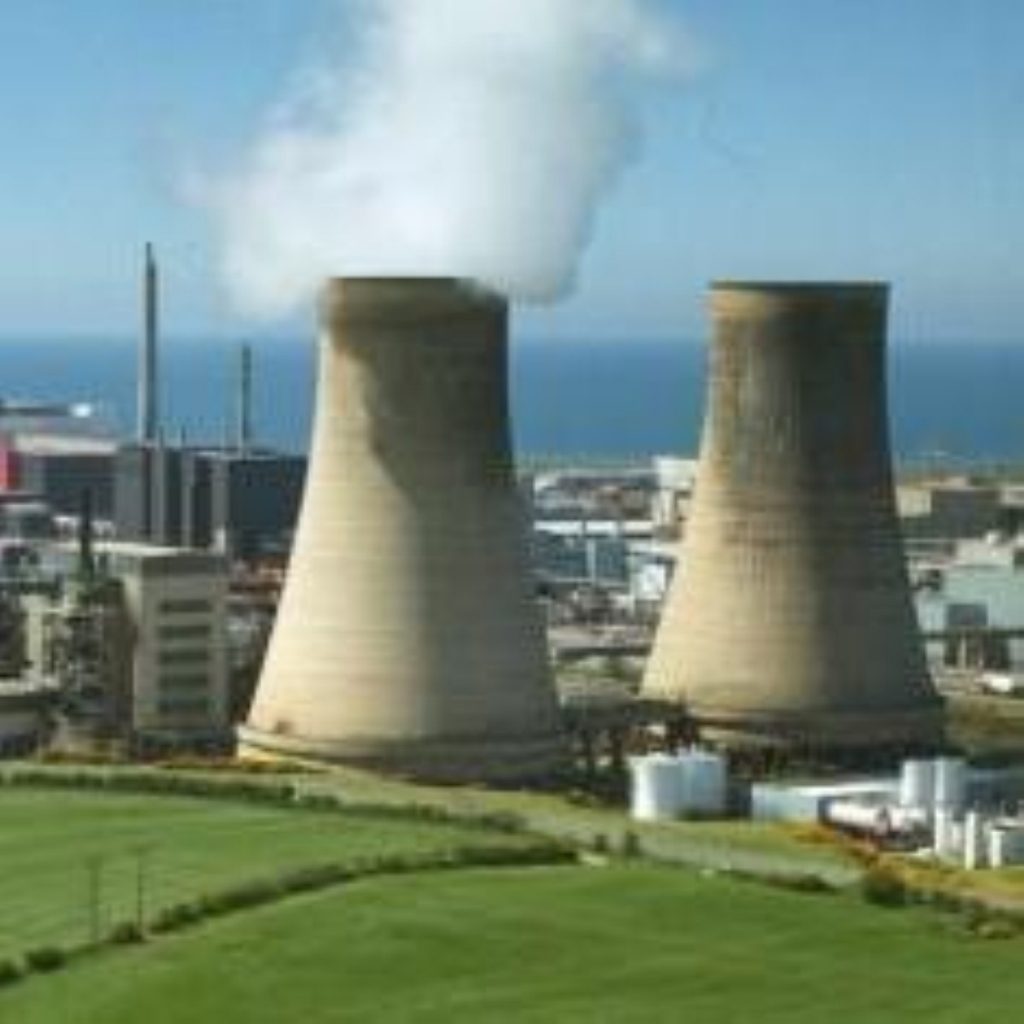Nuclear waste burial plans ‘must go ahead’
Plans to bury Britain’s radioactive waste deep underground should be acted on immediately without the need for further research, the Royal Society has said.
It was responding to the final recommendations by the committee on radioactive waste management (CoRWM) on what to do with the 470,000 cubic metres of higher activity nuclear waste in the UK.
As expected, the committee today concludes that the safest and most acceptable way to get rid of the material, which has built up over 50 years from nuclear weapons and power plants, is to encase it in hard metals and bury it underground.
But it also recommends an “intensified programme of research and development” into the long-term safety of geological disposal, to ensure that members of the public – who will have a say in where the waste is buried – fully support the idea.


It says such research would also allow for the possibility of another, more viable alternative to burying the waste. In the meantime, the CoRWM says the government must refurbish the existing storage facilities for waste, to ensure they last at least 100 years.
However, the president of the Royal Society, David Wallace, today called for a firm decision, saying that if the committee had decided geological disposal was the best option for dealing with nuclear waste, it must press ahead with this plan.
“It is inevitable that a robust and flexible long-term management strategy will require further research, but this must not be used as an excuse to delay the implementation of a disposal programme, including the process of identifying suitable sites,” he said.
“The nature of scientific knowledge is such that there will always be levels of uncertainty associated with any method of disposing of radioactive waste.
“However, there is considerably less uncertainty surrounding burying radioactive waste deep underground in stable geological formations than other options.”
Today’s report is the result of two and a half years of investigations, public consultations and research. As part of this, the committee dismissed a range of options of nuclear waste disposal, including dumping it at sea, in space or in the ice sheets.
CoRWM chairman Gordon MacKerron said he was confident the proposals outlined “the way forward” and “provide the basis for inspiring wider public confidence in any future process”.
However, he stressed the plans would only deal with existing nuclear waste, not that produced in the future – something that is becoming a major issue after the government’s energy review forecast a major role for nuclear power in Britain’s future energy mix.
And Liberal Democrat environment spokesman Chris Huhne warned: “Deep burial is the least bad option for the legacy of 50 years of nuclear waste, but it is also a real warning about the dangers and costs of a new generation of nuclear power.
“When you are in a hole, stop digging. If we had known about the dangers and costs of nuclear energy 50 years ago, it is doubtful we would have ever committed to this expensive mistake.”









